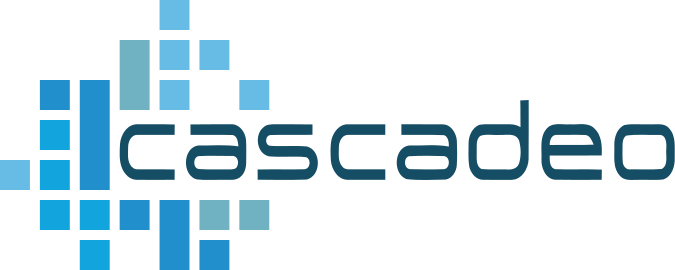Determine Which Cloud Adoption Strategy is Right for You
The numerous possibilities in adopting cloud provider services in your business can sometimes be really overwhelming. Cloud provider adoption has no limits, but if you must narrow down your options, there are general adoption patterns that can serve as your inspiration. Here are three basic cloud provider adoption strategies based on actual real-life scenarios that can help you decide for your business.
The “All-In” Approach
Natural Seafoods of Seattle Corp. (NSS) is a supplier to a huge retailer in North America and beyond. The said retailer has notified NSS that it may not use Amazon / AWS cloud services if it wishes to conduct business with them. NSS primarily runs Windows server application workloads and uses the typical Microsoft Active Directory, MSSQL, IIS, etc. datacenter stack. NSS has decided to move its Exchange-based email and Sharepoint-based collaboration tooling to Office 365. NSS decides that it is OK with an “all-in on Azure” approach and decides to invest in automating the deployment and configuration of Azure-based platform services and IaaS. NSS outsources primary operational responsibility to a managed services company. The managed services company provides 24x7x365 monitoring, incident response, and periodic maintenance like redeployment, patching, backup validation, etc. by leveraging cascadeo.io and human MSP operations personnel. NSS pays Azure for its cloud services and the managed services company for managed operations and support services. Because NSS has its own Windows systems administration team, NSS was able to onboard to Azure by training their existing personnel with little outside consulting support.
The Multi-Provider Approach
Hypothetical Tangents of Manila Inc. (HTM) does not want to be tied to any one of the cloud providers or platforms. It chooses Terraform as the platform for cross-cloud deployment automation and configuration management, and requires that all engineering work follows this design pattern. This is more expensive and requires rare cloud automation engineers, but gives HTM a huge advantage: it can iterate on the code, deploy frequently, move between cloud platforms easily, and even deploy on-premise to physical data centers using the same tooling. HTM does this because HTM is building a product that may someday compete with one or more of the large CSPs, and may be required by customers to deploy on-premise. HTM also considered Kubernetes and specifically NetApp Kubernetes-as-a-Service, but found that the work required to re-platform to Kubernetes was too great given their large collection of legacy IT applications. HTM has its own operations staff but outsources tier 1 / tier 2 ops only to a managed services company for 24×7 coverage and front-line ops. HTM pays one or more cloud providers directly for cloud consumption and pays managed services company directly for managed ops across multiple clouds.
The Minimalistic/Off-the-Shelf Approach
Gizmos and Gadgets Galore (GGG) wants to operate as little as possible. It picks AWS platform services as its standard and builds on top of them, using SaaS whenever possible. Alternatives are PaaS / Lambda and it also includes avoiding IaaS to the maximum extent it can. Rather than lifting-and-shifting old VMs into AWS, GGG finds and deploys vendor-provided reference solutions and migrates the data from the old deployment to the new one. GGG pays managed services company for end-to-end deployment and operations of the entire solution. GGG pays AWS for its cloud consumption and managed services company for managed services, consulting, etc. While these three are prominent cloud adoption styles, they are not cast in stone as the only right way to execute your cloud adoption strategy. As new services roll in (e.g. serverless architecture), there will be new ways to adjust your business’ operations to incorporate management and maintenance of cloud infrastructure. Deciding is not easy, but taking it to the professionals make it a hassle-free experience. Managed service providers like Cascadeo Corporation allow you to keep doing your business without the distraction of handling the nuts and bolts of cloud-based DevOps. Our team of dedicated experts provides 24/7 support in making sure that there is good or high availability for your cloud based IT resources.
